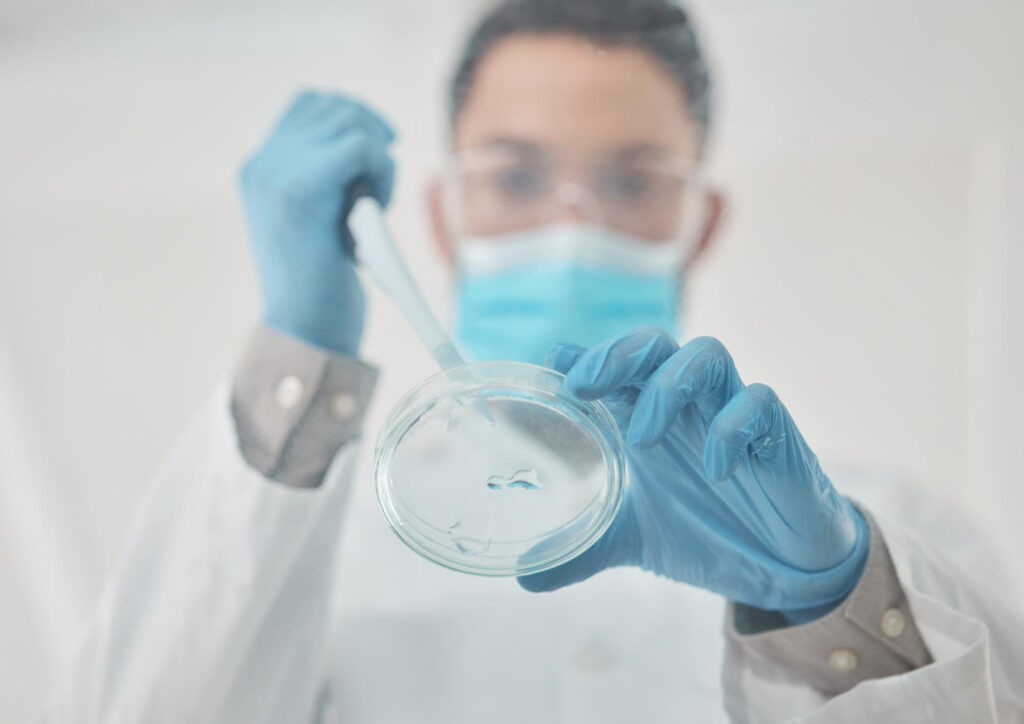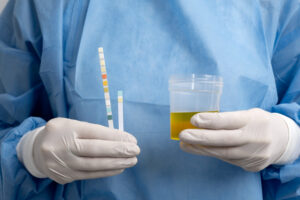Advances and challenges in stem cell transplantation for regenerative medicine

El trasplante de células madre abre nuevas posibilidades en medicina regenerativa, aunque aún enfrenta importantes retos científicos y clínicos.
Currently, regenerative medicine has emerged as a promising field for treating chronic diseases and severe injuries by repairing tissues and organs. Stem cell transplantation plays a fundamental role in this process, as it offers the possibility to regenerate damaged tissues that would otherwise be irrecoverable. However, despite significant advances, numerous challenges still limit its application in the effective treatment of various medical conditions.
Stem cells have a unique ability to divide indefinitely and differentiate into different cell types, granting them enormous therapeutic potential in regenerative medicine. They are classified according to their differentiation capacity into unipotent, multipotent, pluripotent, and totipotent. Each type has specific applications in various areas of medicine, ranging from bone tissue regeneration to the treatment of neurological and hematological disorders. For example, induced pluripotent stem cells (iPSCs) have opened new possibilities for personalized medicine by enabling the creation of patient-specific cells without the ethical concerns associated with embryonic stem cells.
The use of mesenchymal stem cells (MSCs) is particularly promising, as these cells can differentiate into various cell types, such as bone, cartilage, and fat. In diseases such as osteoarthritis or spinal cord injuries, MSC transplantation could offer a viable solution for tissue repair. However, despite the expectations, the practical implementation of these therapies still faces significant technical and scientific obstacles.
Challenges in stem cell transplantation
Although stem cell transplantation holds great potential, several challenges still limit its application and effectiveness. One of the main issues is immune rejection, especially in allogeneic transplants, where the stem cells come from a donor different from the recipient. Despite genetic compatibility, there is always a risk that the patient’s immune system will attack the transplanted cells. To mitigate this risk, immunosuppressive treatments are used, but these can carry undesirable side effects, such as infections or cancer.
Another major challenge is the controlled differentiation of stem cells into the desired cell type. Stem cells can differentiate into a variety of cell types, which, while potentially useful, can also lead to the formation of unwanted or uncontrolled tissues, such as tumors. The precise manipulation of the conditions in which stem cells are cultured and the integration of appropriate biochemical factors are essential to ensure proper differentiation. Additionally, autologous stem cells, derived from the patient’s own body, are considered a safer option to avoid rejection, but their harvesting and ex vivo expansion are often complex and costly.
The future of regenerative medicine and stem cell transplantation
The path to the successful implementation of stem cell transplants in regenerative medicine will depend on resolving current technical, ethical, and logistical problems. Advances in tissue engineering, such as the use of organoids and the creation of scaffolds that allow stem cells to efficiently integrate into damaged tissues, are essential to improve therapeutic outcomes. Ongoing research on the mechanisms of cellular integration, as well as the refinement of cell expansion techniques, will enable the development of more effective therapies.
In addition, the focus on personalized medicine will be key. As scientists better understand how stem cells interact with different types of tissues and organs, they will be able to develop treatments tailored to the specific needs of each patient. Stem cell transplantation has the potential to transform the way we treat degenerative diseases, and with the right advances, it will lead not only to tissue repair but also to the restoration of entire organs.
Stem cell transplantation, combined with tissue engineering, is shaping up to be one of the most revolutionary solutions for treating a wide range of diseases. Despite the challenges, continued advances in this field promise to improve the quality of life for millions of people around the world, opening up a wide range of possibilities for treating injuries and diseases that were once considered incurable.








